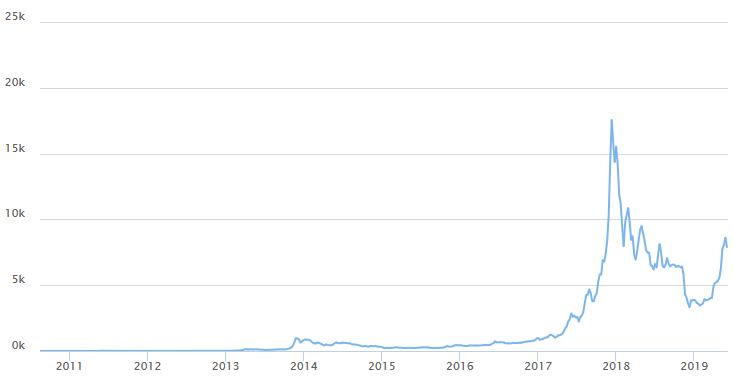Machine learning concepts. Data preparation
Each machine learning process related to the use of neural networks consists of at least two parts. The first part is related to data loading and preparation for training. The action is known as ETL (extract, transform, load). The second part concerns the actual training of the network. The overall process can be divided into the following parts and steps.
1. Extract, Transform, Load
1. Selection of input variables according to the problem being solved;
2. Structuring the data in a format suitable for loading it in the software environment;
3. Loading data into the environment;
4. Conversion of the data into an appropriate form;
5. Data separation – training and test data;
6. Data normalization.
2. Network training and evaluation
1. Building a network model according to the problem being solved;
2. Setting up network hyperparameters;
3. Network training;
4. Network testing;
5. Comparing the results;
6. Tuning the hyperparameters in order to achieve more satisfactory results;
7. Persisting the trained model. Exporting the model for further use and loading in other environments.
2.1. Extract, Transform, Load
Selection of input variables according to the problem being solved.

- price_close
- news_sentiment
- twitter_sentiment
- reddit_sentiment
2.2. Structuring the data in a format suitable for loading it in the software environment
The input data is structured in a four-column text file, each of which contains values for the corresponding parameter. The text file has the following structure.

3. Loading data into the environment
4. Conversion of the data into an appropriate form


5. Data separation - training and test data
6. Data normalization
Letzte Beiträge
Share :
Share :
Weitere Beiträge

View Model. Example
In this article we will go through the steps of creating a simple game screen. We will make it the traditional way without using View Model and we will see why it is absolutely wrong to persist data in the View.

MVVM’s Model implementation in Android application. Room
As we said in the previous article Model is the data in our application. These are classes representing objects that we persist in our database or that we get from network calls to services.

Using Room in CryptoOracle
In the Android application CryptoOracle the data is persisted in SQLite database. The reasons are two:
The application can still work and show persisted data when there is no internet connection.

